Last Updated on January 8, 2024
As I wander through the enchanting world of flowers, I often find myself captivated by their hidden messages and the tales they silently convey.
Among these floral storytellers, the bellflower stands as a symbol of grace, humility, and endurance.
Its delicate appearance hides a wealth of meanings, each steeped in cultural traditions and personal expressions.
Let us embark on a fragrant voyage through the world of bellflowers, where each petal reveals a piece of the intricate puzzle that is its meaning.
Key Takeaways
- Diverse Symbolism: Bellflowers hold diverse meanings across various cultures and periods, making them versatile symbols in different contexts.
- Gratitude And Romance: In the Victorian era, bellflowers were used to express gratitude and romantic feelings, signifying attraction and affection between individuals.
- Ancient Roman Link: Ancient Romans associated bellflowers with Venus, the goddess of love, fertility, and beauty. The myth of Venus losing her magical mirror and the resulting “Venus Looking Glass Bellflower” name highlights its mythological significance.
- Christian Tradition: In Christianity, bellflowers are connected to gratitude and the values represented by St. Dominic, such as humility and devotion. The bellflower’s features mirror the principles of St. Dominic’s faith.
- Wide Range Of Colors: Bellflowers come in various colors, each with its distinct symbolism. For example, pink represents love and kindness, white symbolizes innocence and spirituality, blue signifies freedom and spiritual development, and purple is associated with wealth and success.
- Endurance and Humility: Beyond their decorative appeal, bellflowers symbolize enduring hardships and personal growth. They also represent humility and modesty, making them an embodiment of grounded outlooks on life and acts of lifting others through humility.
What Does The Bellflower Mean?
The bellflower carries a range of complex symbolic meanings. In some cultures, this flower symbolizes gratitude, while others believe it’s synonymous with vanity, support, romance, and even constancy.
It is a varied flower. Although it’s usually purple, it also comes in other colors such as pink, blue, and white. The color of the flower can alter its meaning significantly, as we’ll explore later.
While the meaning of the bellflower can vary between cultures, some interpretations of its symbolism remain constant. Predominantly, these are its associations with eternal love and affection. This makes it a beautifully apt gift for someone you care about.
RELATED: Hyacinth Flower Meaning, Spiritual Symbolism, Color Meaning & More
Etymological Meaning Of The Bellflower
To explore the history of the bellflower, we first have to understand its etymological meaning. To clarify, we’ll look at the words “bell” and “flower” separately.
The noun “bell” comes from the late 14th century, meaning “attach a bell to”. It’s thought that the word first became popularized in the 14th century with the story of the mice that undertook to ‘bell the cat’ (meaning, to hear the cat coming).
The word “flower” comes from the 12th-century noun “flower” to mean “be vigorous, prosper, thrive”. In the 13th century, it meant “to blossom” and grew to mean to “adorn or cover with flowers” around 1570.
The Latin name for the bellflower, “Campanula,” simply means “little bell.” As the name suggests, this describes the bellflower’s appearance perfectly, which is a small bell.
Symbolism Of The Bellflower
Now, let’s explore some of the most influential symbolism of the bellflower below.
| Symbolism | Explanation |
| Everlasting Love | Eternal, melodious love (Inspired by 1 Corinthians 13) |
| Tranquility and Healing | Healing properties; spiritual healing, kindness, joy, growth |
| Success | Associated with success, wealth, and royalty (mainly due to the purple color) |
| Platonic Love | An ethereal, meaningful gift for close friends |
| Happiness | Associated with joy and the transition of seasons (late spring to early fall) |
| Gratitude | Victorian-era thank-you gifts to friends, family, and partners |
- Everlasting Love: The bellflower symbolizes everlasting love, drawing inspiration from 1 Corinthians 13, where it represents love as an eternal, melodious ring.
- Tranquility and Healing: Bellflowers are closely linked to healing and tranquility, attributed to their healing properties, including platycodon and saponin found in the root, which can treat various ailments. They also symbolize spiritual healing, kindness, joy, and personal growth.
- Success: The Campanula or bellflower signifies success and wealth, predominantly due to its common purple color, associated with success, wealth, and royalty.
- Platonic Love: Bellflowers make a beautiful gift to express platonic love to close friends, conveying a meaningful, ethereal sentiment.
- Happiness: Bellflowers are ideal for celebrating happiness in life, often associated with joy and blooming from late spring to early fall, bringing color and joy as the seasons transition.
- Gratitude: The bellflower is a symbol of gratitude, with its meaning originating from the Victorian era when it was commonly given as a thank-you gift to friends, family, and romantic partners.
Bellflower Color Meanings
| Color | Symbolism |
| Pink | Love, Romance, Kindness, Compassion |
| White | Innocence, Purity, Grief, Spirituality |
| Blue | Freedom, Open Spaces, Inspiration, Imagination |
| Purple | Bravery, Romance, Wisdom, Spirituality, Wealth |
The bellflower has an abundance of symbolic meanings. However, these can change according to the color of the flower.
So, let’s take a look at the most common colors of this flower and how these can change its interpretation.
Pink
Pink bellflowers symbolize love and romance, representing everlasting love and platonic affection. They also convey kindness, compassion, and nurturance.
White
White bellflowers are often associated with innocence, purity, and spirituality. They can also symbolize grief and sympathy, with Victorian tradition using them for expressing gratitude or conveying these deeper meanings.
Blue
Blue bellflowers, the most common in their species, are linked to the sea and the sky. This color symbolizes freedom, open spaces, inspiration, imagination, and intuition, making blue bellflowers potent symbols of spiritual development, healing, and success.
Purple
Purple bellflowers have a rich history and are associated with bravery, romance, wisdom, and spirituality. Most commonly, purple represents wealth and success, making the bellflower an excellent choice for celebrating achievements or attracting success.
RELATED: Hawthorn Tree Meaning, Spiritual Symbolism, Connotations & More
Meaningful Botanical Characteristics Of The Bellflower
The bellflower has around 2,400 species, predominantly herbaceous, and many mainly use them as ornamental flowers in gardens.
It grows worldwide, including in the South and East of England, Scotland, North America, Western Siberia, and Western Asia.
The bellflower can grow in various conditions; however, they prefer moisture-retentive soils, and they thrive in either the sun or partial shade.
These plants are cold-hardy, and can survive living in cooler temperatures. However, warm days and cool nights provide the best growing conditions.
These plants are beautiful and easy to grow. However, they have a darker side. The creeping bellflower is one of the most invasive plants in the world.
In Ireland, the creeping bellflower can crowd out and destroy some native plants that have grown there for centuries.
This has helped the bellflower adopt some powerful connotations with strength and perseverance, but it’s not so good for your garden.
The creeping bellflower can regenerate by seed. This makes it incredibly easy to spread and send its roots into every piece of available space. This can make the bellflower incredibly difficult to control.
The bellflower comes in a variety of colors. But people most commonly recognized it for its trumpet-shaped flowers and impressively tall stems.
Special Occasions For The Bellflower
| Occasion | Description |
| Romantic Display or Wedding | Suitable for weddings and symbolizes everlasting love |
| Thank You Gift | A symbol of gratitude and thanks |
| Birthday | A versatile gift not tied to any specific birth month, with diverse symbolic meanings |
Not only does the bellflower make a beautiful addition to any garden border, but it can also make a wonderful gift to express gratitude or spruce up any living space.
So let’s explore some of the most appropriate gifting occasions for the bellflower.
Romantic Display Or Wedding
The bellflower associates with an everlasting love. As a result, it can make a great addition to any wedding bouquet or date night flower display.
The bellflower may not have as much color variety as other flowers, but it still has plenty of options to choose from. Whatever your color preference, there’s an option to suit every taste.
Thank You Gift
Are you looking for the perfect way to express your gratitude? Why not consider the bellflower? For decades, this flower has been symbolic of gratitude and thanks.
If you need to let someone know you’re thankful, giving them a beautiful bellflower display can be an excellent way to do it.
Birthday
It’s not unusual to receive a flower as a birthday gift. The bellflower is not symbolic of any particular birth month, making it a versatile gift to give.
The bellflower also has a diverse range of symbolic meanings; from spirituality to gratitude and healing, this could be a great gift to complement the personality of your loved one.
RELATED: Gerbera Flower Meaning, Spiritual Symbolism, Color Meaning & More
Bellflower Cultural Significance
| Culture | Significance |
| Victorian Era | Express gratitude, romantic feelings, attraction |
| Ancient Rome | Associated with Venus, the goddess of fertility and desire; named “The Venus Looking Glass Bellflower” due to its shiny seeds |
| Christianity | Linked to gratitude, associated with the dedication of Harebells to St. Dominic |
| China | Used in traditional Chinese medicine for respiratory ailments |
| Russia | Employed as a remedy for hydrophobia |
| Mythological Symbolism | Associated with growth, transformation, and spirituality |
| Artistic Inspiration | A frequent source of inspiration for various art forms |
| Gardens and Landscapes | Enhance the beauty of gardens and outdoor spaces |
| Cultural Symbol of Humility | Represents humility and modesty |
| Cultural Diversity | Symbolizes a diverse range of ideas in different cultures |
Do you want to learn more about the bellflower? Let’s take a closer look at its cultural significance.
- Victorian Era: In the Victorian era, the bellflower was used to express gratitude and romantic feelings, often signifying attraction between individuals.
- Ancient Rome: In ancient Rome, the bellflower was associated with Venus, the goddess of fertility, love, desire, and beauty. The myth of Venus losing her magical mirror, which shattered into tiny, shiny seeds, gave rise to the name “The Venus Looking Glass Bellflower.”
- Christianity: In Christian tradition, the bellflower is linked to gratitude. This symbolism stems from the dedication of Harebells from the Campanula family to St. Dominic, a Christian monk who founded the Dominican order. The bellflower’s features, such as its foliage and bowing flowers, are reminiscent of St. Dominic’s principles.
- China: Medicinal Marvels: In traditional Chinese medicine, the Chinese bellflower is valued for its medicinal properties. It is used to suppress coughs and alleviate symptoms associated with common colds, sore throats, chest congestion, and tonsillitis. This practical use underscores its significance in Chinese culture as a remedy for respiratory ailments.
- Russia: Hydrophobia Remedy: In Russia, the bellflower was employed as a cure for hydrophobia, a significant role that emphasizes its historical importance in Russian folk medicine.
- Mythological Symbolism: Bellflowers are sometimes associated with myths and legends that convey a sense of growth, transformation, and spiritual awakening. Their presence in mythology adds depth to their cultural significance, portraying them as carriers of mysticism and hidden meanings.
- Artistic Inspiration: Bellflowers have been a frequent source of inspiration for artists, both visual and literary. The delicate beauty and vibrant colors of these blossoms have featured prominently in various forms of art, allowing them to convey a wide range of emotions, themes, and messages in the world of creativity.
- Gardens and Landscapes: Bellflowers are cherished in ornamental horticulture, where they enhance the beauty of gardens and landscapes. Their versatility in terms of species and colors permits gardeners and landscapers to create visually pleasing displays, contributing to the aesthetic appeal of various outdoor spaces.
- Cultural Symbol of Humility: Bellflowers symbolize humility and modesty, particularly in cultures where these qualities are highly regarded. They serve as a botanical representation of grounded outlooks on life and acts of lifting others through humility.
- Cultural Diversity: Bellflowers have permeated different cultural traditions, symbolizing a diverse range of ideas, from endurance and spirituality to aesthetics and practicality. Their significance varies from one culture to another, reflecting the adaptability and versatility of these blossoms.
Bellflower Facts
Now that we’ve learned more about the history and cultural significance of the bellflower, let’s take some time to explore some of the most important facts about the bellflower.
- Bellflowers vary in size. Some are under 5 centimeters tall, while others reach up to 2 meters.
- The leaves of the bellflower also vary in shape. In most cases, they feature larger and broader leaves at the stem and smaller and narrower leaves near the top of the flower.
- Most bellflowers contain white latex in their leaves and stems.
- For the bellflower, peak bloom is in early to midsummer. However, with efficient deadheading, the bellflower can bloom sporadically in the summer and fall.
- The bellflower can function as a houseplant and copes well with indoor climates.
- Bellflowers need moist but well-drained soil, ideally mixed with organic matter to thrive.
- In Northern Italy, the bellflower can form a natural hanging basket over existing rock formations. These are said to be reminiscent of Rapunzel’s hair, which hung from the window.
Bellflower Uses
Now we’ve explored the history and significance of the bellflower, let’s take a closer look at some of its practical uses.
- Medicinal Uses: The Chinese bellflower is utilized in traditional Chinese medicine to alleviate coughs, cold symptoms, sore throats, chest congestion, and tonsillitis. In Russia, it was employed as a remedy for hydrophobia.
- Ornamental Purposes: Bellflowers are primarily cultivated for their decorative appeal, making them an attractive addition to gardens and living spaces, available in a variety of colors to suit different color schemes.
- Culinary Purposes: While the bellflower’s flowers are nearly tasteless, they serve as garnishes for various dishes, cakes, and salads. The leaves, with their mild taste and refreshing aftertaste, can complement a wide range of culinary creations.
What Is The Symbolism Of A Bellflower Tattoo?
If we asked you to picture some popular tattoo designs, you might consider an animal, a realistic portrait, or some sentimental lettering. The chances are, the bellflower wouldn’t be high on your list.
However, this flower is dripping with historical and cultural significance, and its abundance of symbolic meanings can make an ideal tattoo design to represent a range of experiences and emotions.
So let’s explore the most common meanings behind the bellflower tattoo below.
- Spirituality: Bellflowers symbolize growth and transformation, making them a suitable choice for those who have overcome adversity and embraced a new spiritual path.
- Endurance: Bellflowers are closely linked to endurance, representing faith, tenacity, and the reminder to persevere through life’s challenges.
- Humility: For those who embody modesty and a grounded outlook, the bellflower serves as a symbol of humility, reflecting a low view of self-importance and a commitment to uplifting others.
Final Thoughts
The bellflower has been around since ancient times. Over the years, this flower has come to represent various symbolic meanings to different cultures.
One thing hasn’t changed, though, and that’s the bellflower’s ability to spread joy and positivity wherever it grows.
If you want to share this joy with the people you love, why not grace them with the gift of the bellflower?
RELATED: Forget Me Not Flower Meaning, Spiritual Symbolism, Color Meaning & More
- Aconite Flower Meaning, Spiritual Symbolism, Color Meaning & More - February 15, 2022
- Acacia Flower Meaning, Spiritual Symbolism, Color Meaning & More - February 15, 2022
- Amaryllis Flower Meaning, Spiritual Symbolism, Color Meaning & More - February 15, 2022

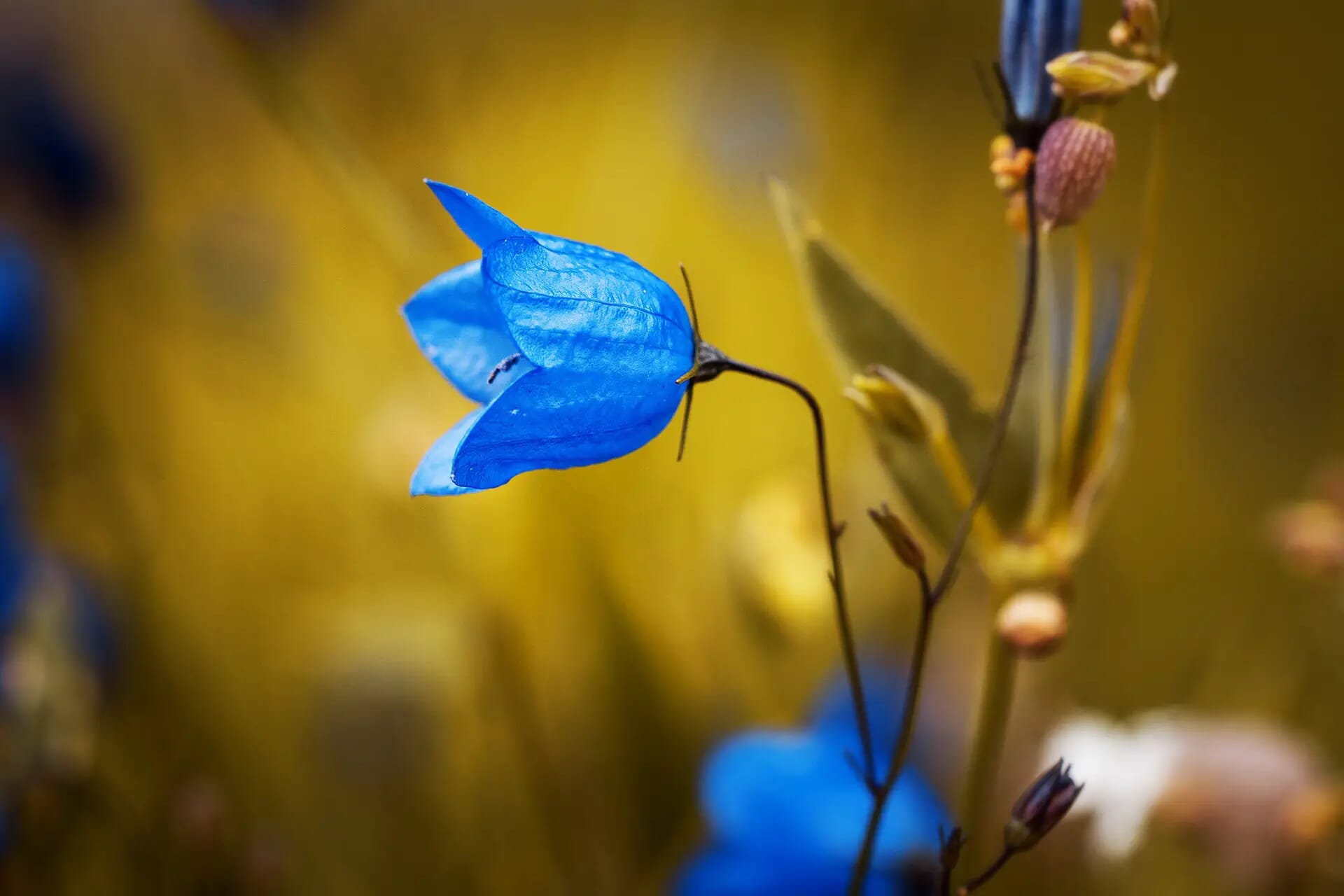





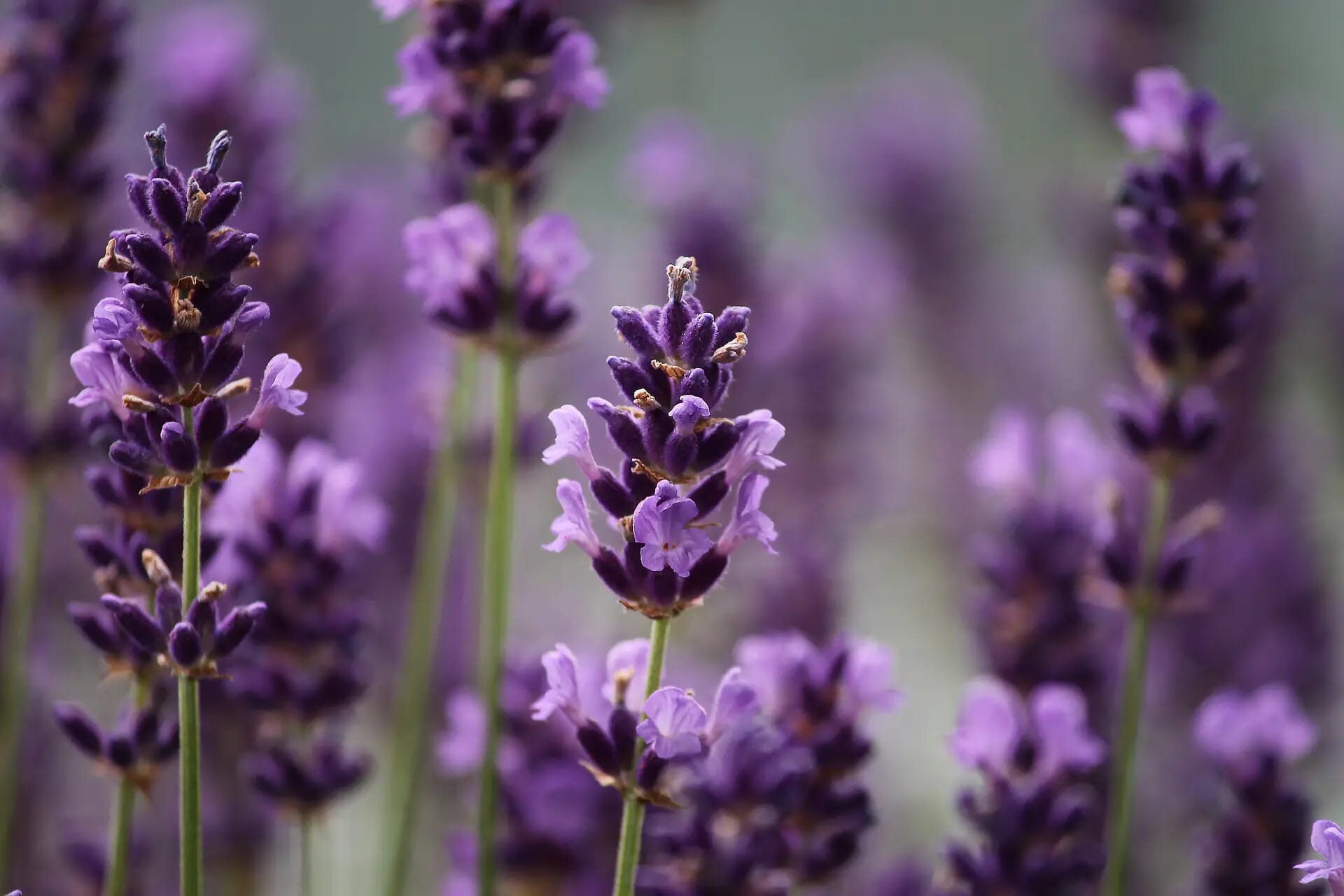
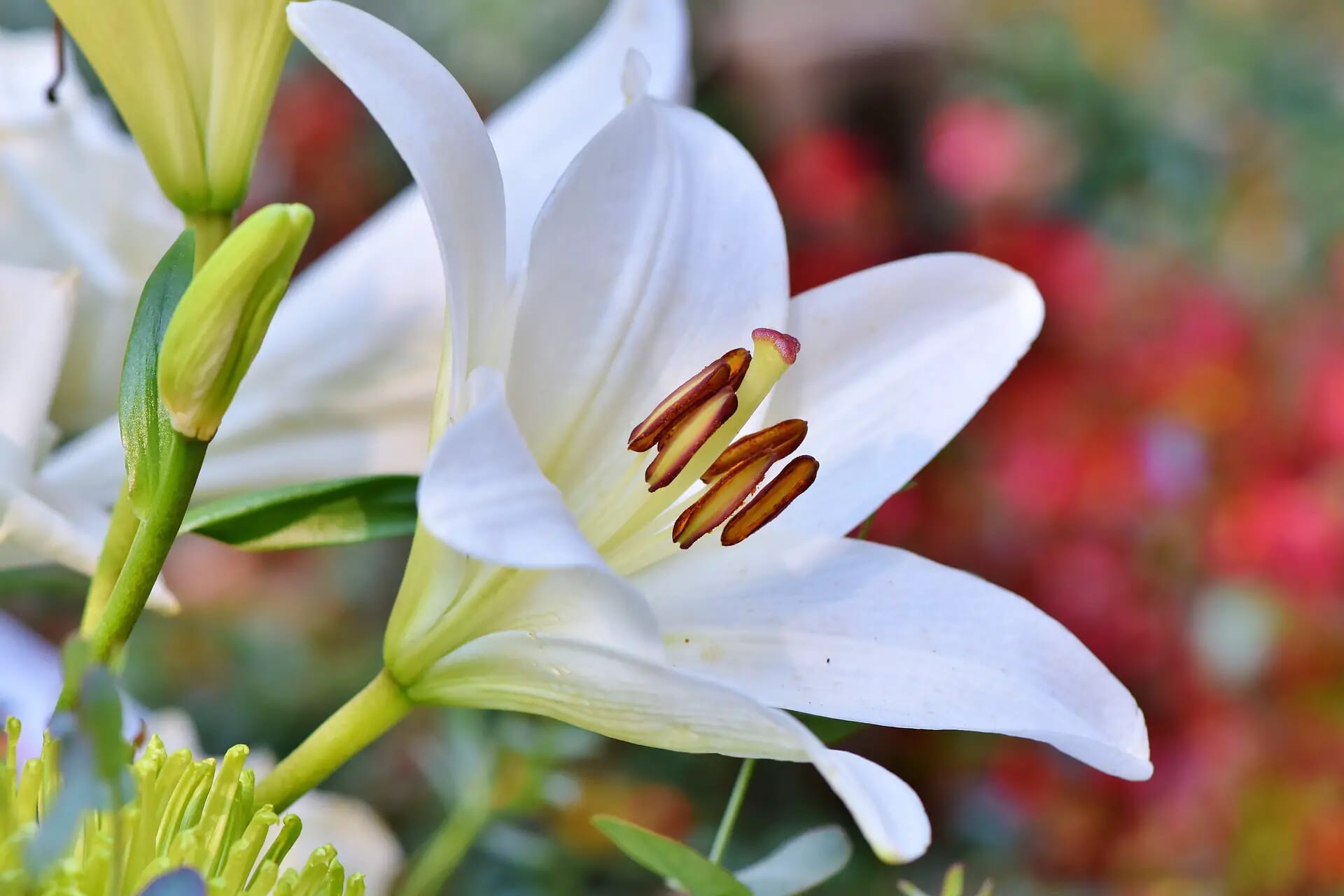
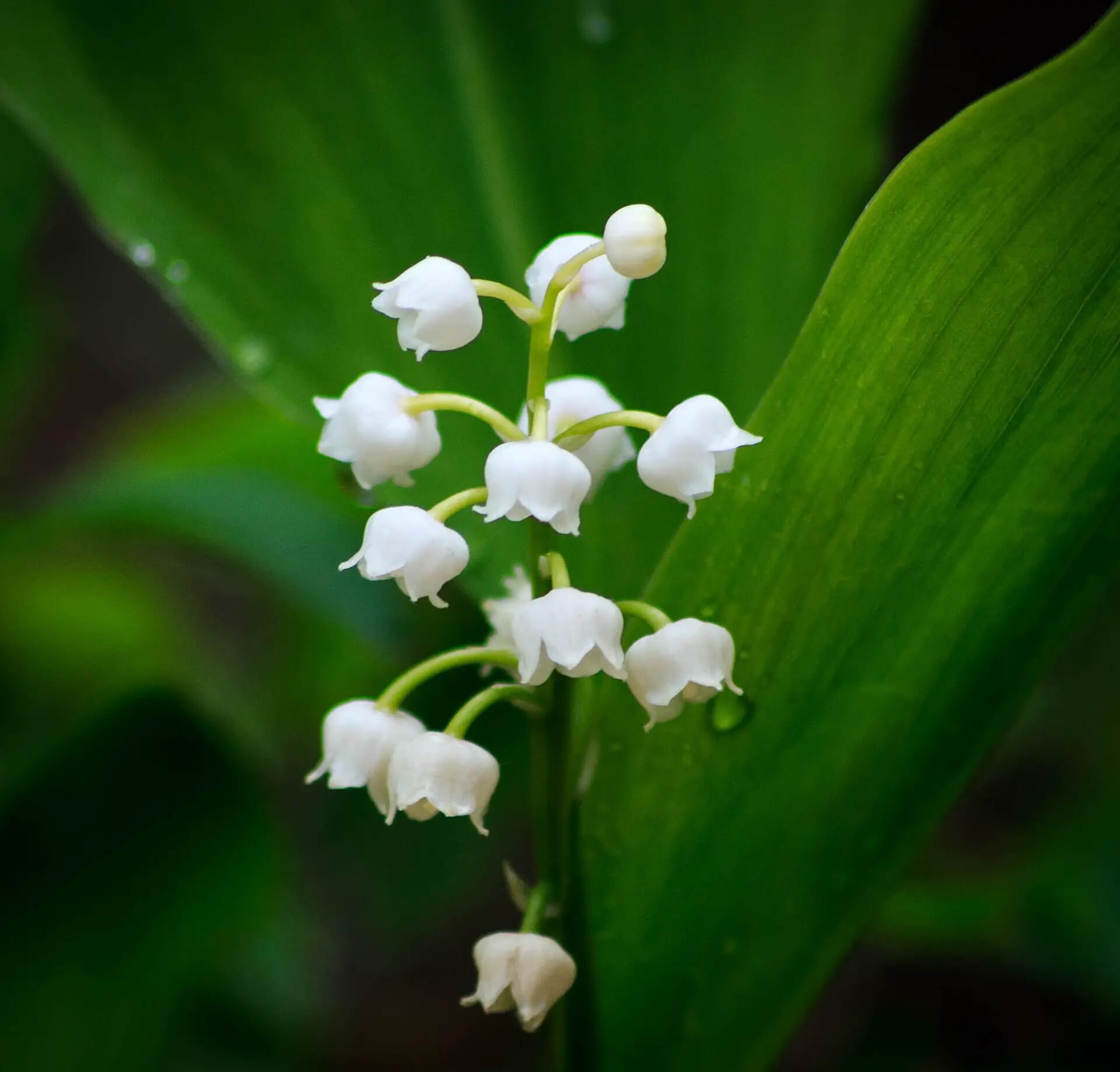
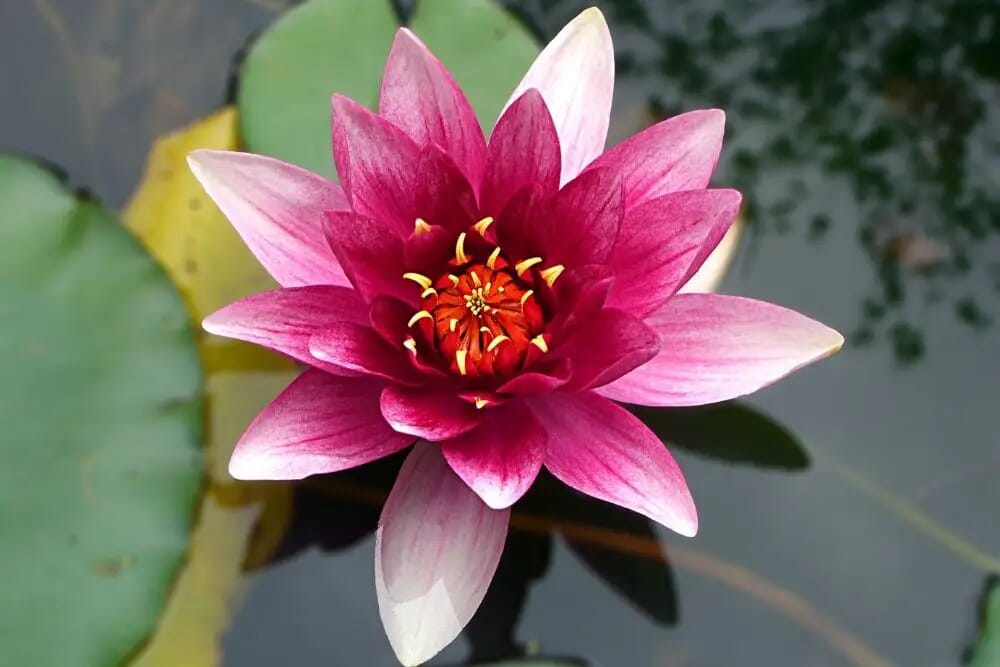
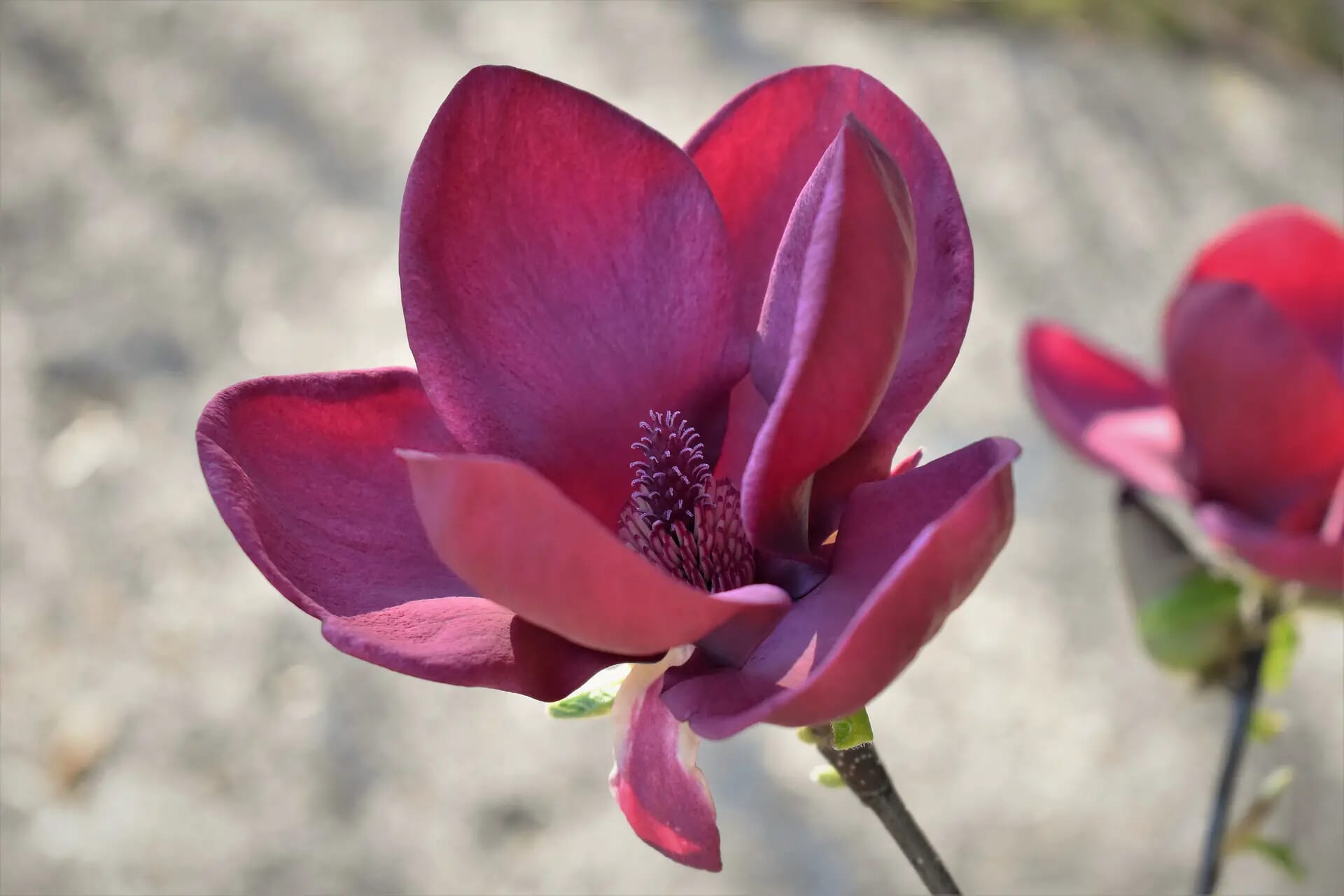

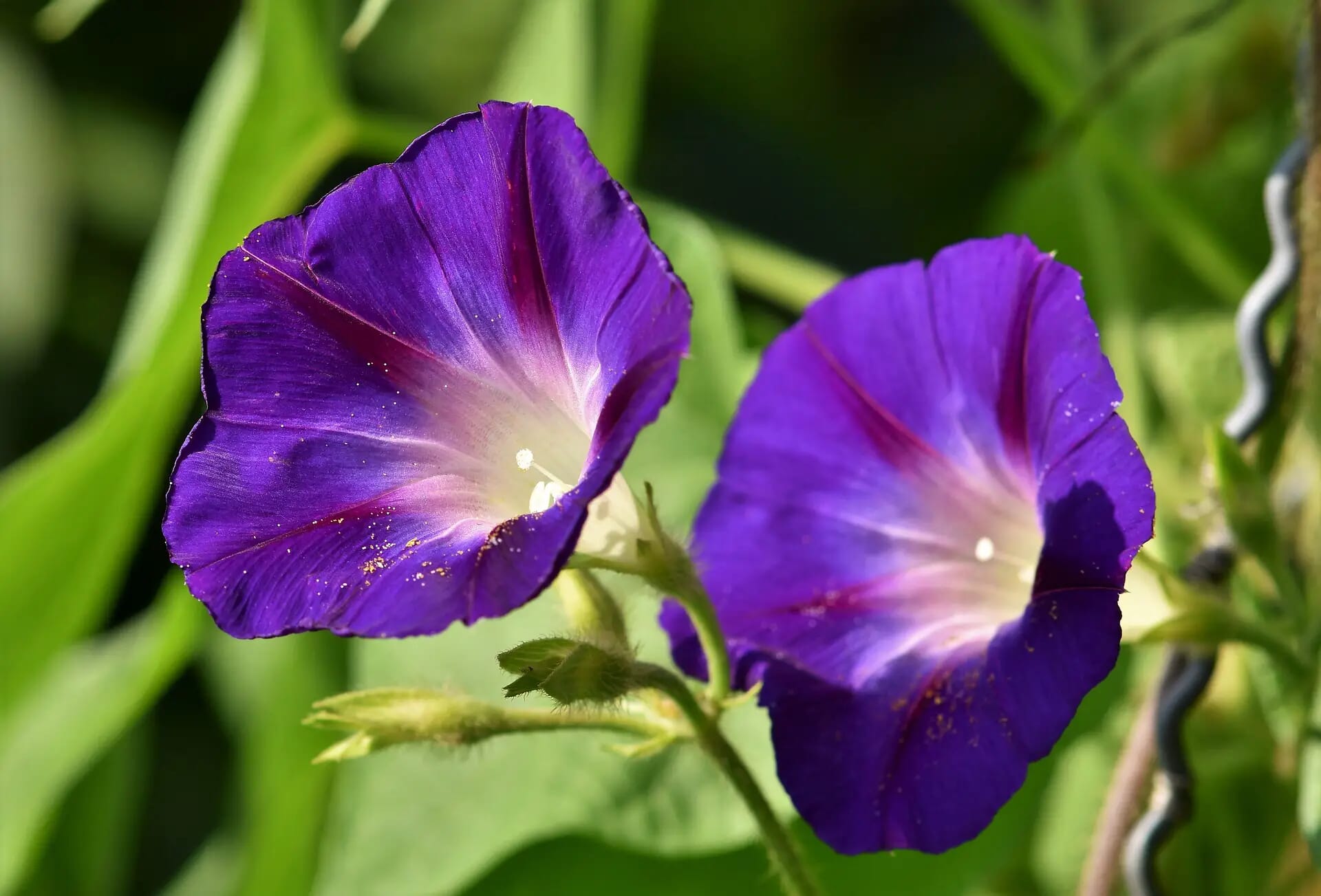
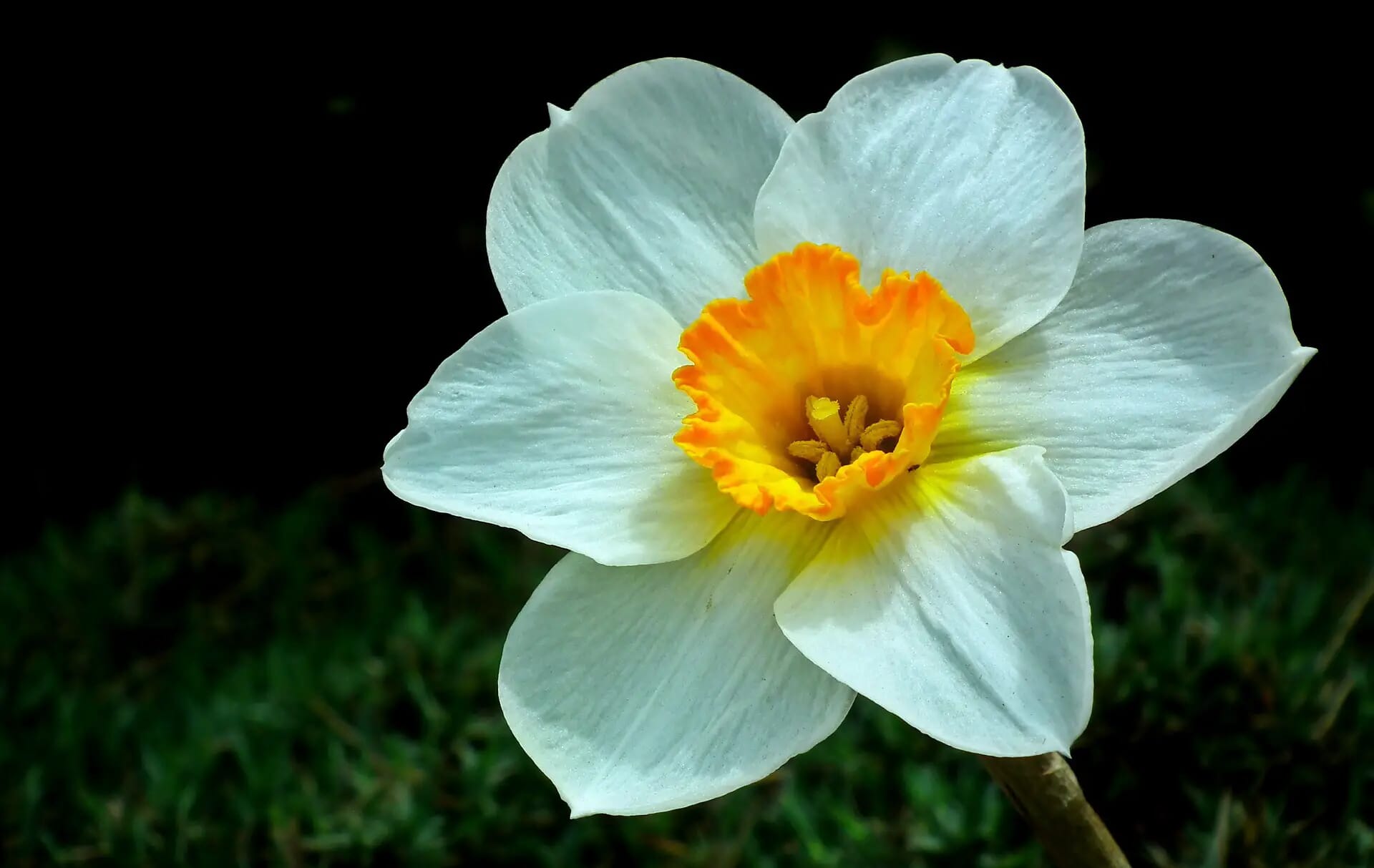

Fantastic article! I’ll subscribe correct now wth my feedreader software package and my seotons!